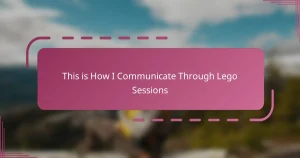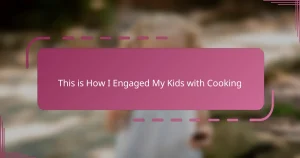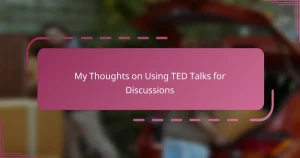Key takeaways
- Listening skills in children involve not only hearing words but also understanding and processing information, which develops over time.
- Media, like Netflix, enhances listening skills by offering engaging visuals, relatable stories, and authentic language exposure, making learning enjoyable.
- Selecting age-appropriate content and using interactive activities can transform passive watching into active listening, boosting comprehension and enjoyment.
- Tracking progress through observations and small goals can provide motivation and clarity on children’s listening development, making the journey rewarding.
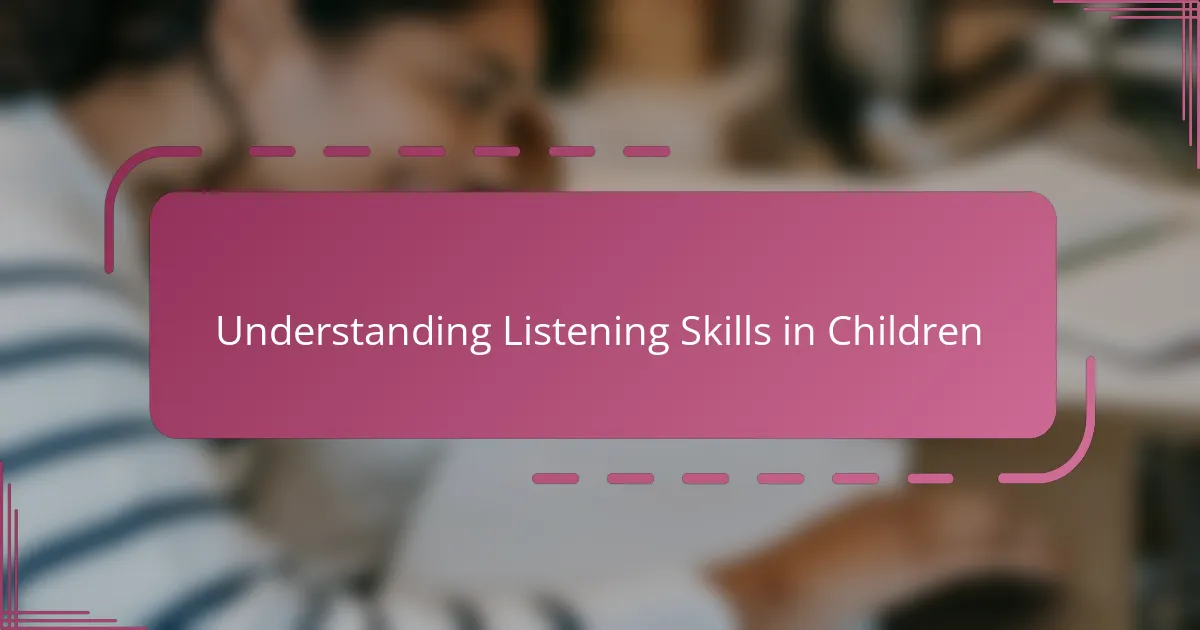
Understanding Listening Skills in Children
Listening skills in children are more than just hearing words—they involve understanding, processing, and responding. I’ve noticed that when my child truly listens, it’s like a light switches on; their eyes focus, and their reactions become meaningful. Have you ever seen that moment when your child surprises you by recalling something you mentioned days ago? That’s a sign of deep listening at work.
Children’s ability to listen develops gradually and varies widely, which can be both fascinating and frustrating for parents. I remember feeling puzzled when my little one would seem distracted during stories, only to later imitate phrases perfectly. It made me realize that listening isn’t always about immediate response but about how information settles in over time.
Why is understanding listening so important? Because it builds the foundation for communication, learning, and empathy. When we appreciate how our children listen, we can better support their growth and create moments that truly connect. Don’t you want to nurture that skill, knowing it shapes their whole world?

Benefits of Using Media for Learning
One thing I’ve noticed is that media like Netflix provides an engaging way to capture children’s attention. Unlike traditional methods, the colorful visuals and relatable stories make learning feel less like a chore and more like an adventure. Have you ever seen your child’s eyes light up when they recognize a character or phrase? That’s the kind of involvement that sticks.
Using media also introduces children to natural language patterns and accents, which textbooks alone simply can’t offer. I remember how my child started mimicking expressions and intonations from shows without me even prompting them. It’s fascinating how authentic context helps make listening more intuitive and enjoyable.
Lastly, media allows for repetition without boredom. When a favorite episode is on repeat, it’s not just entertainment—it’s practice. This kind of exposure reinforces listening skills effortlessly, turning moments of fun into valuable learning sessions. Have you caught yourself learning alongside them without even realizing it? That shared experience is priceless.
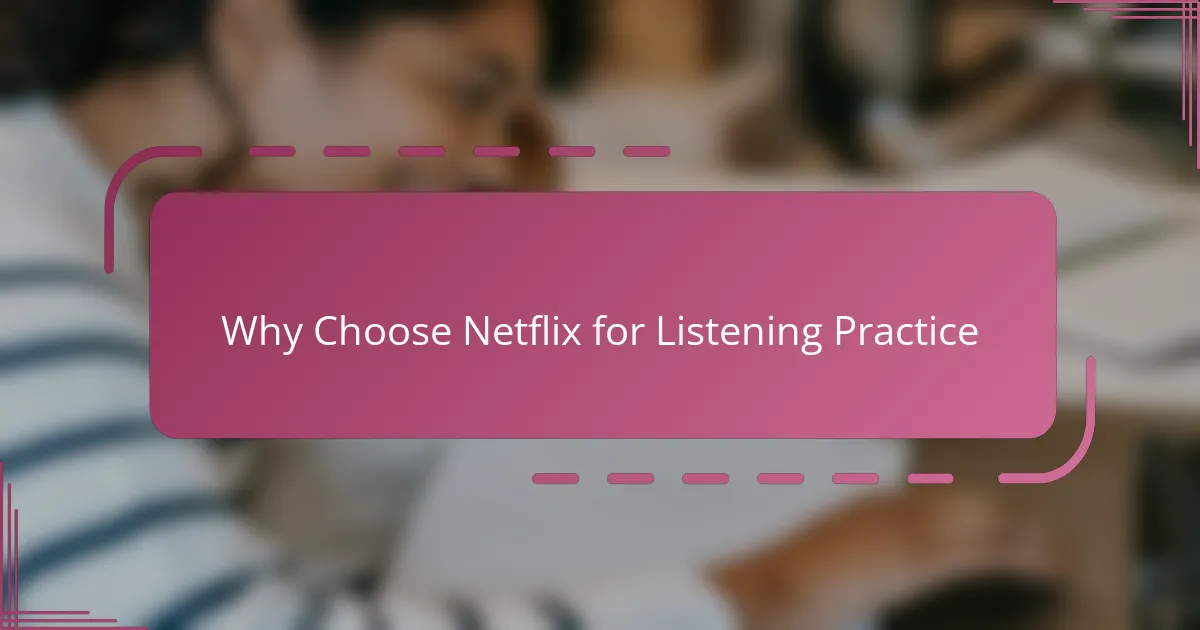
Why Choose Netflix for Listening Practice
What stood out to me about Netflix is how easily it blends storytelling with real-life language use. The variety of shows means you can find something that really captures your child’s interest, which makes listening feel natural rather than forced. Have you ever noticed how your child eagerly leans in when a favorite show begins? That genuine excitement makes all the difference.
Another thing I appreciate is Netflix’s subtitle options. Being able to switch subtitles on or off helps my child connect sounds with words at their own pace, boosting confidence and comprehension. I’ve seen how this gentle guidance turns confusing moments into “aha” experiences, which motivated us both to keep going.
Plus, Netflix’s extensive library covers multiple languages and accents, opening doors to diverse listening experiences. It’s like a mini world tour from our living room, which sparks curiosity and empathy. Don’t you think exposing children to different voices enriches their listening skills far beyond the everyday?
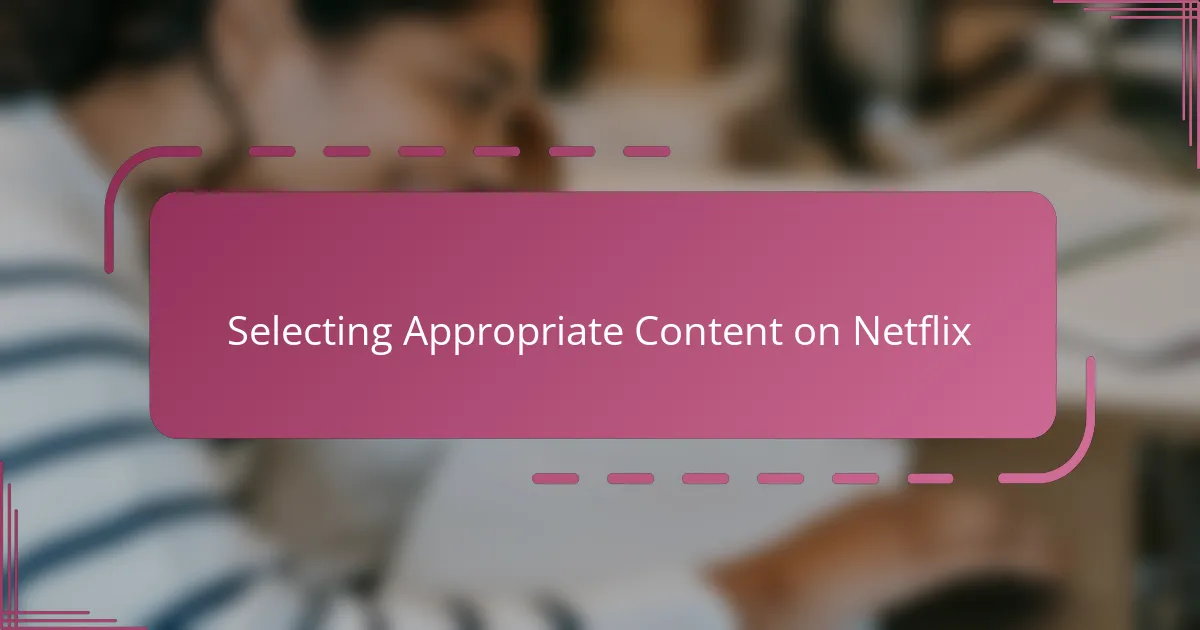
Selecting Appropriate Content on Netflix
Choosing the right content on Netflix isn’t just about picking something entertaining—it’s about finding shows that align with your child’s current interests and listening level. I remember when I selected a show that was too complex, and my child quickly lost focus. It taught me that age-appropriate language and themes make all the difference in keeping their attention and encouraging understanding.
I also make it a point to preview episodes before letting my child watch, so I know the vocabulary and topics will be suitable. Have you ever stumbled upon a surprise scene or word that caught your child off guard? That’s why curating content carefully helps avoid confusion or frustration while nurturing listening skills.
And don’t underestimate the power of familiar characters and repeated storylines. When my child recognized a character from one episode to the next, their excitement pushed them to listen more closely and even anticipate what would happen. That connection turns passive watching into active listening—something every parent hopes for.
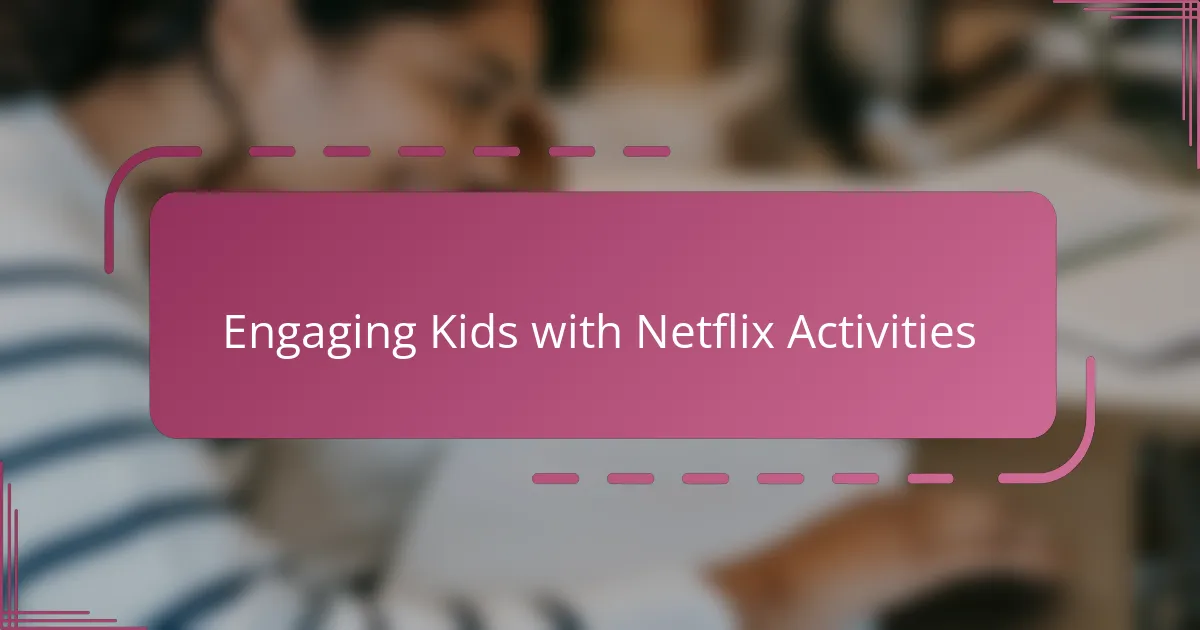
Engaging Kids with Netflix Activities
Engaging kids with Netflix activities became a game-changer in our home. I found that turning a show into a little interactive quiz—asking my child to spot certain words or predict what a character might say next—turned passive watching into lively participation. Have you tried turning screen time into a shared adventure? It really brings their listening skills to life.
Sometimes, we’d pause the show and discuss what was happening or reenact a funny scene together. I noticed these moments not only deepened my child’s understanding but also sparked joy and laughter, making learning feel natural rather than a lesson. Isn’t it amazing how a simple break can transform engagement?
I also loved creating simple crafts inspired by a show’s story or characters. This hands-on activity gave my child a fresh way to connect with what they heard and saw, anchoring those listening moments in something tangible. Have you seen how combining watching with doing makes a story stick? For me, it’s one of the most effective ways to make listening skills stick.
![]()
Tracking Listening Progress Effectively
Tracking listening progress effectively became one of the most enlightening parts of this journey for me. I started keeping a simple journal where I noted down new words my child recognized or repeated phrases from Netflix shows. You might wonder, does writing these small moments really matter? From my experience, it transforms vague observations into clear markers of growth, which feels incredibly rewarding.
Sometimes, I’d play back short clips and ask my child to retell what happened or predict what might come next. Those little check-ins helped me see if they were truly understanding, not just passively listening. Have you noticed how children surprise you when given the chance to express what they’ve heard? That’s when progress becomes visible and motivating.
Another trick that worked well was setting small, achievable goals—like focusing on one new character or phrase per episode—and celebrating those wins together. I found that this made tracking progress feel more like a fun game than a test. When you acknowledge those tiny victories, doesn’t it feel like you’re cheering on a champion in the making? For me, that shift in mindset made all the difference.
